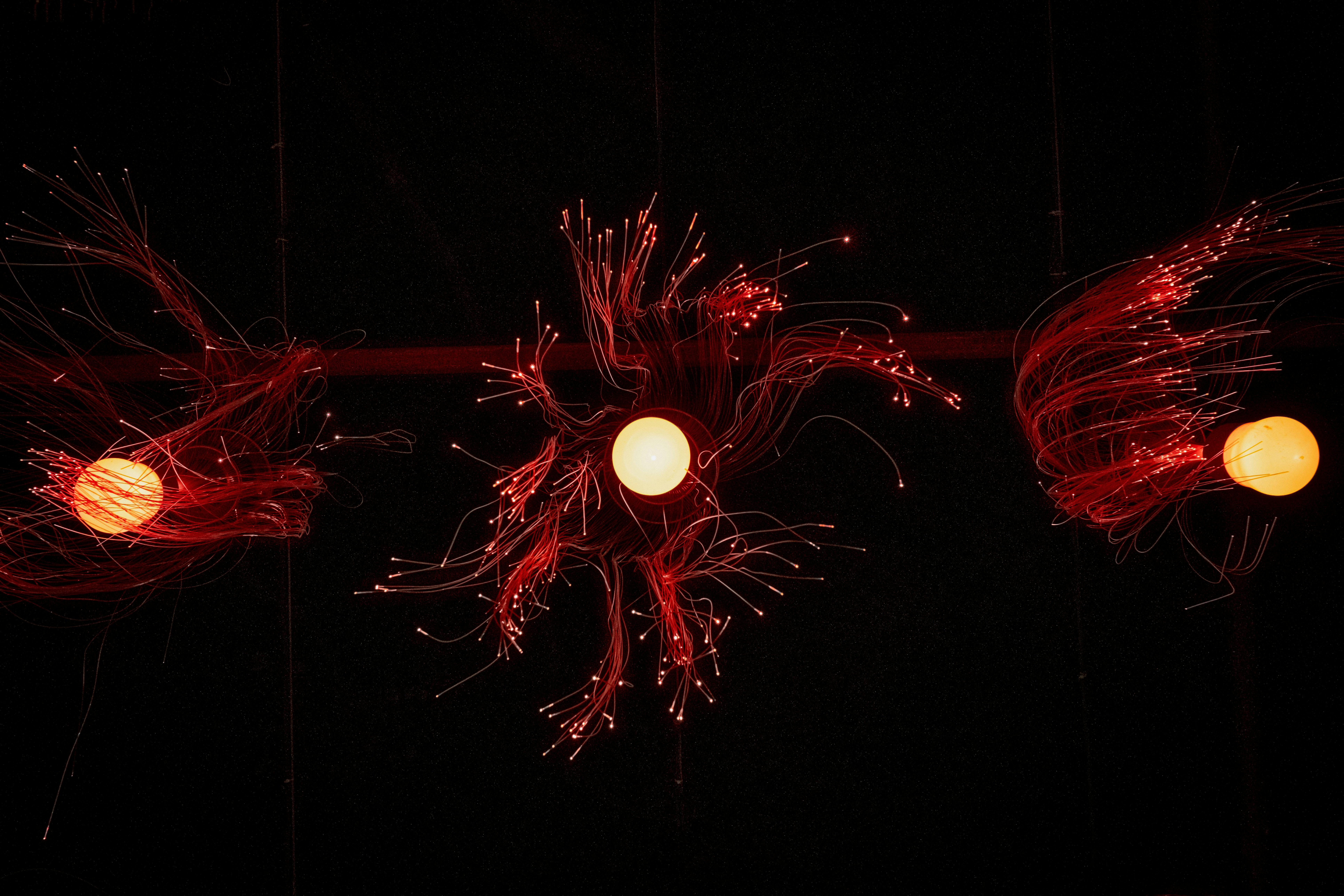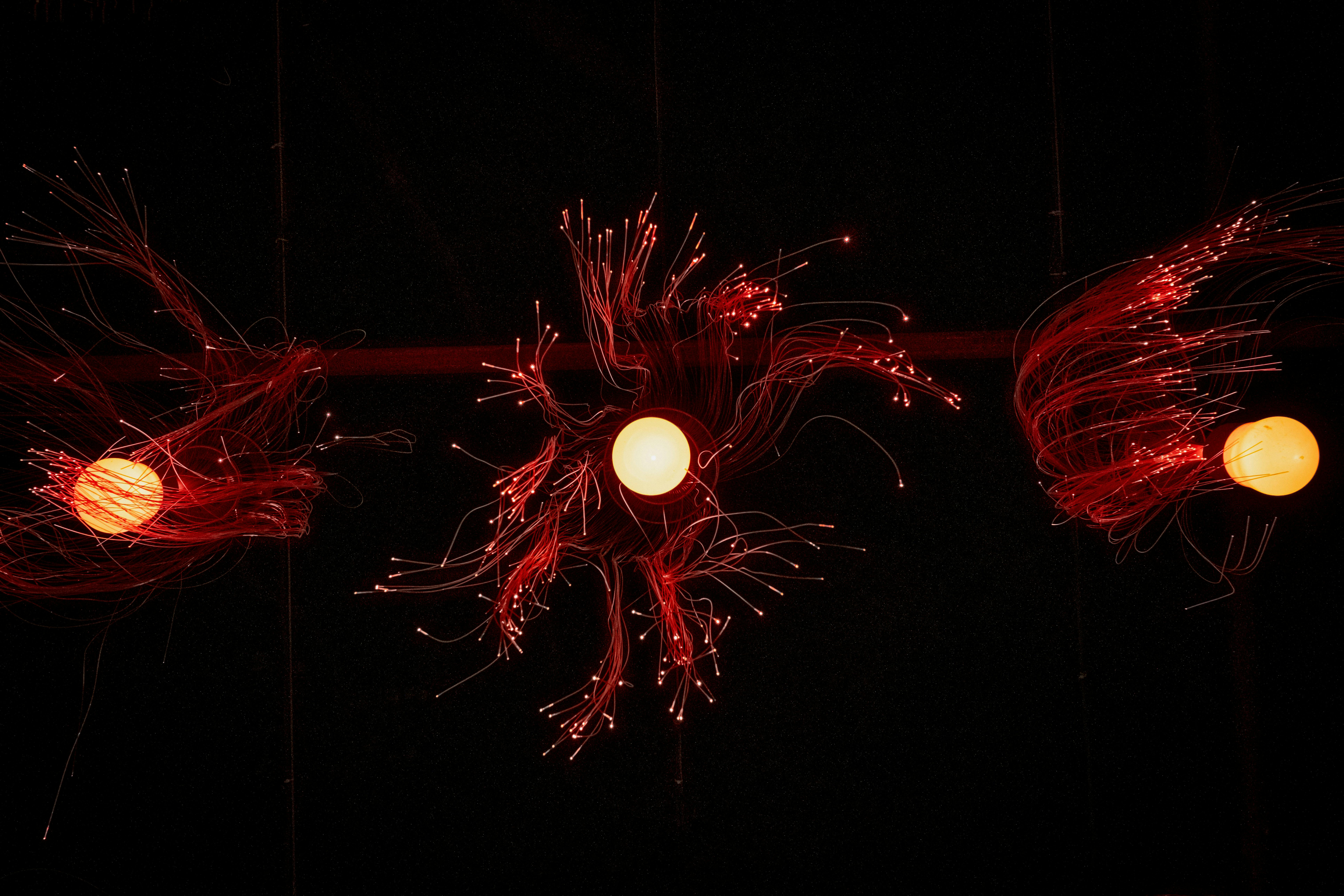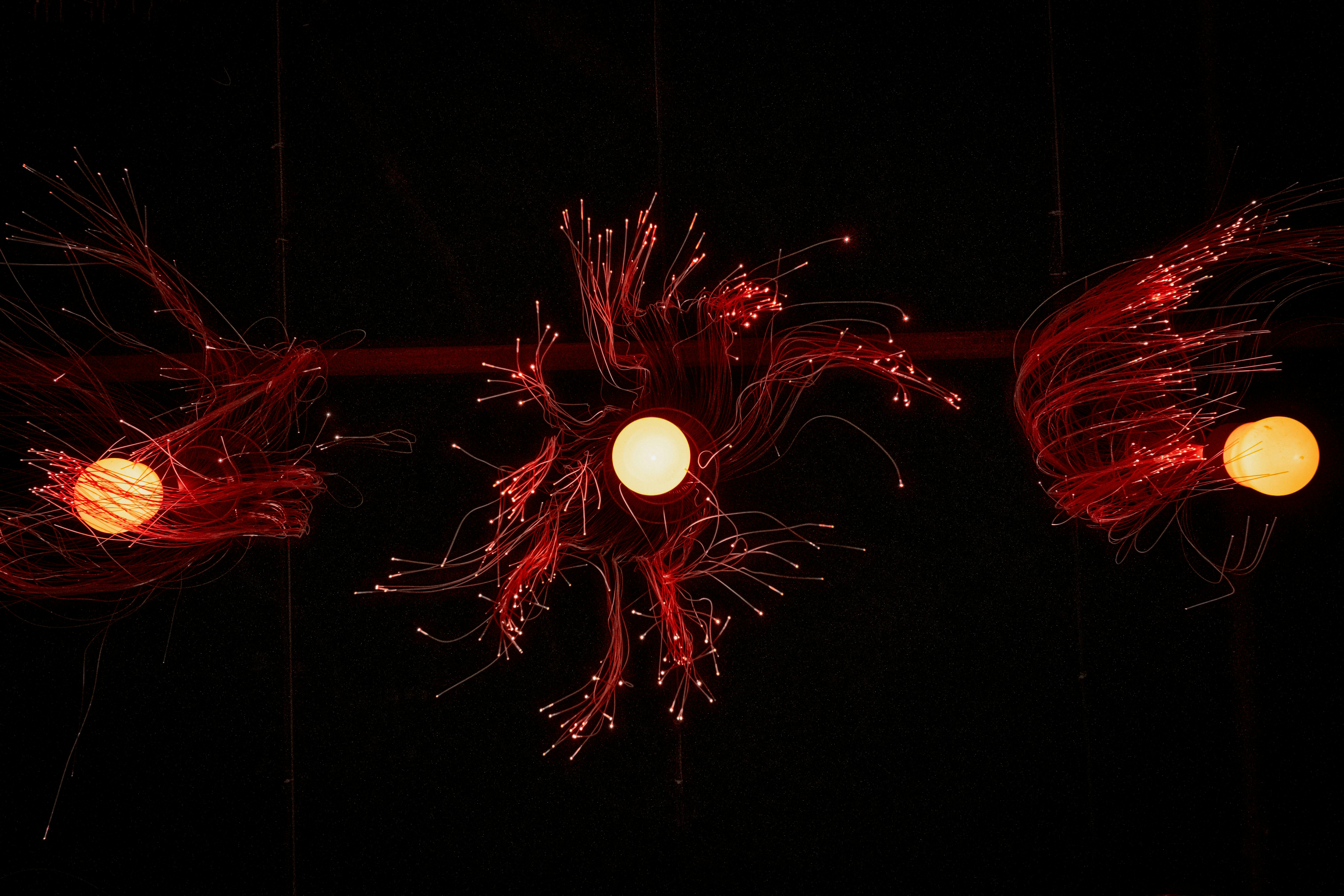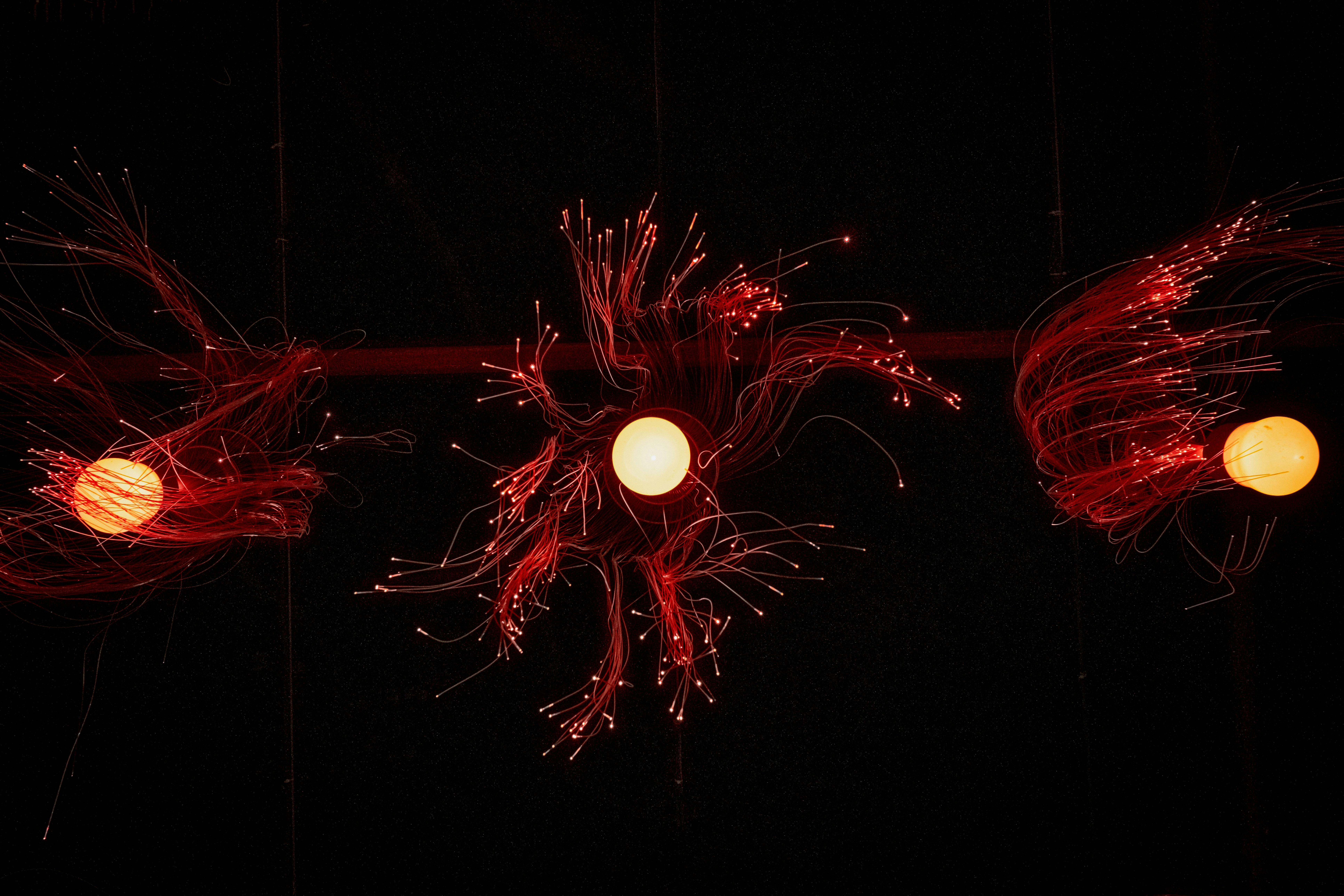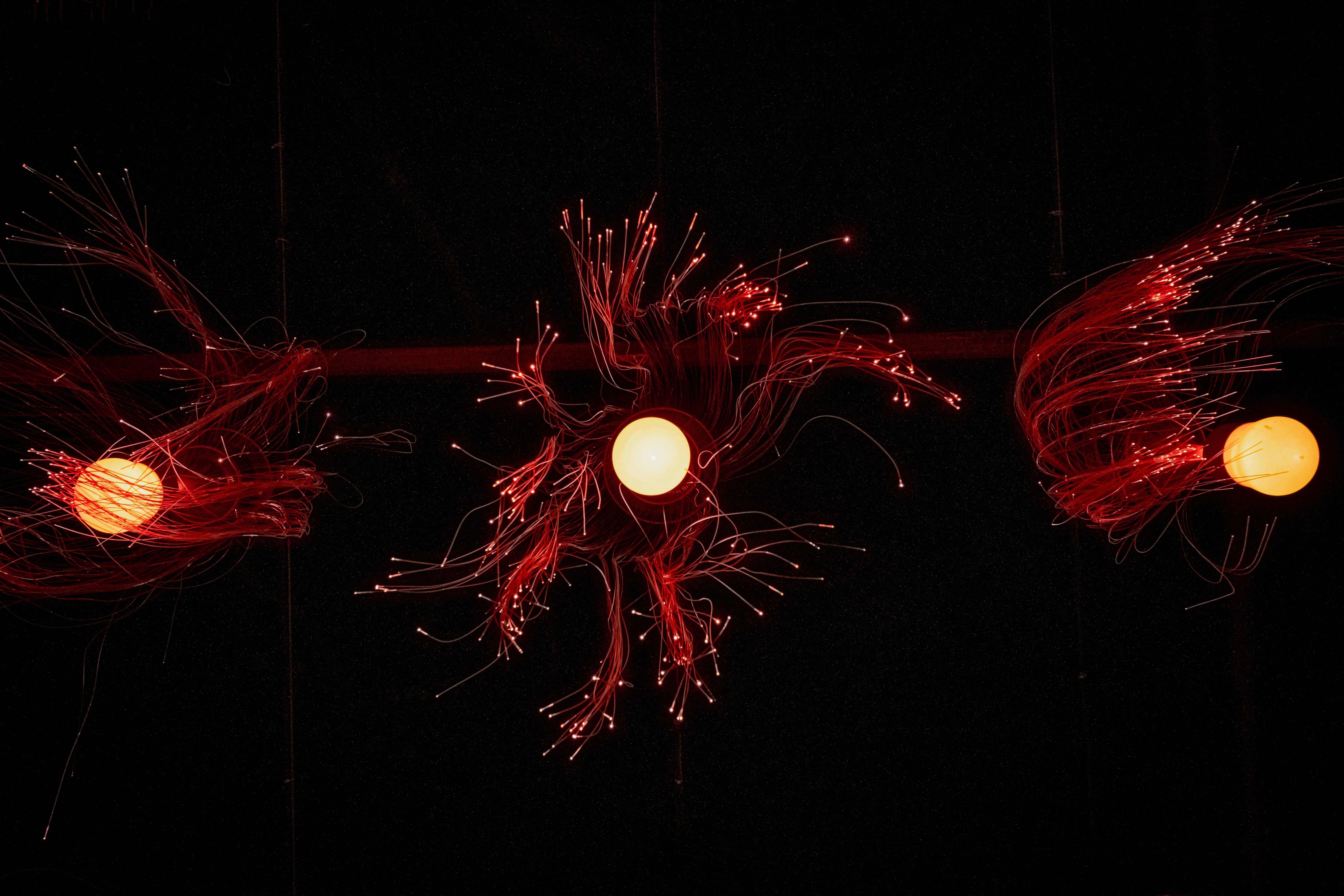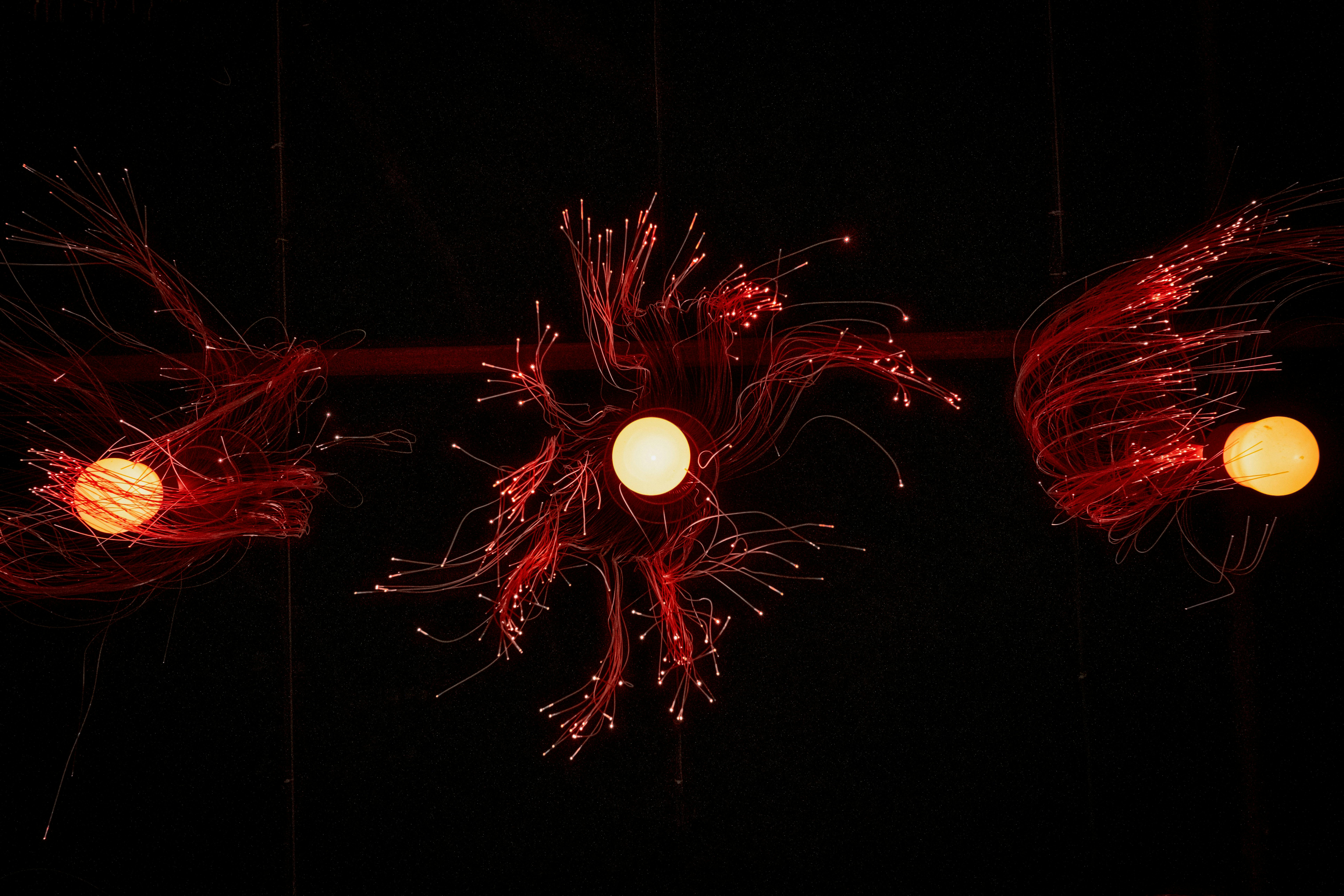Wallpaper Revival: Modern Patterns and Professional Installation Insights
Unlock the Potential of Your Home: Choosing the Right Paint Finish for Every Space
Paint transforms more than just color—it shapes a room’s durability, mood, and functionality. Selecting the perfect finish is where amateur projects stumble and professionals excel. Unlike color, which speaks to personal taste, finish determines practical performance: resisting sticky fingerprints in a kitchen, hiding drywall flaws in a bedroom, or bouncing light in a dim hallway. With options ranging from velvety mattes to reflective glosses, each sheen level serves distinct purposes. Ignoring this critical choice risks premature wear, difficult maintenance, and underwhelming results. For DIY enthusiasts and homeowners alike, mastering paint finishes means investing in longevity and aesthetics simultaneously. This guide demystifies sheen science, helping you make confident decisions that elevate both daily living and resale value.
Decoding Sheen Levels: From Flat to High-Gloss
Paint finishes exist on a sliding scale of reflectivity and resilience. Flat/matte finishes absorb light, making them ideal for disguising wall imperfections but challenging to clean. Eggshell (5-10% sheen) offers subtle luminosity with moderate wipeability. Satin (25-35% sheen) strikes a versatile balance between elegance and practicality. Semi-gloss (40-50% sheen) provides robust moisture resistance, while high-gloss (70-90% sheen) delivers maximum durability and dramatic reflectivity. Consider these factors when selecting:
- Surface Imperfections: Flat hides flaws; gloss highlights them.
- Traffic Levels: High-sheen paints withstand scrubbing.
- Light Interaction: Gloss amplifies natural light; matte softens it.
High-Traffic and Wet Zones: Kitchens, Bathrooms & Hallways
Moisture, grease, and constant use demand resilient finishes. In kitchens, satin or semi-gloss on walls repels splatters and allows frequent wiping without dulling. Bathrooms benefit from semi-gloss due to its vapor-blocking properties, reducing mildew risk. For hallways and children’s play areas, satin resists scuffs from frequent passing. Real-life application: A satin finish in a mudroom survived weekly cleanings of dog paw prints, while flat paint in an adjacent hallway showed permanent stains within months. Always pair these finishes with quality mold-inhibiting primers in humid areas.
Living Spaces and Bedrooms: Where Aesthetics Reign
Bedrooms, living rooms, and dining areas prioritize ambiance over scrubability. Here, flat or eggshell finishes excel by minimizing glare and creating cozy, sophisticated textures. Flat paint’s light-absorbing quality conceals drywall seams—common in older homes—while eggshell’s soft glow adds depth without sacrificing cleanability for occasional dusting. Case study: A historic home’s uneven plaster walls gained visual harmony with flat paint, whereas satin amplified every bump. Reserve matte for ceilings universally to reduce eye strain and hide overhead imperfections. Avoid glosses here; they create unwanted spotlight effects in relaxation zones.
Trim, Doors, and Accents: Strategic Gloss for Impact
Contrasting sheens define architecture and elevate design. Semi-gloss or high-gloss is non-negotiable for trim, windows, and doors. Their slick surfaces repel fingerprints and allow effortless cleaning of high-touch areas. A gloss finish on crown molding or baseboards creates subtle highlights, making spaces feel larger. For accent walls, satin adds focus without overwhelming. Pro tip: Pair eggshell walls with semi-gloss trim for layered dimension. In a recent project, semi-gloss black doors against matte navy walls created a gallery-like sophistication. Remember: Gloss requires flawless prep work—sand thoroughly and use a high-density roller to avoid brush marks.
Practical Application: Tools and Techniques Matter
Even premium paint fails without proper execution. Start with degreasing walls using TSP substitute and filling cracks with spackle. Sand surfaces smooth—especially critical for glossy finishes—and vacuum dust. Use painter’s tape for sharp edges, removing it when paint is dry to the touch. Invest in quality tools:
- Brushes: Synthetic bristles for latex paints; angled 2-3″ for trim.
- Rollers: 3/8″ nap for smooth walls; 1/2″ for textured surfaces.
- Application Order: Ceilings first, then walls, trim last.
Maintain a “wet edge” by painting in 3×3 ft sections to prevent lap marks. Two thin coats outperform one thick application.
Mastering the Finish Line: Your Home’s Lasting Impression
Paint finish selection merges science and artistry, directly impacting your home’s endurance and atmosphere. Remember: flat and eggshell finishes camouflage imperfections in private spaces; satin and semi-gloss defend high-traffic zones; and gloss elevates architectural details. Beyond aesthetics, the right sheen simplifies maintenance and extends your paint’s lifespan. For your next project, start by auditing each room’s unique needs—humidity, activity, and lighting—then match those demands to the finish hierarchy. Keep sample swatches on walls for 48 hours, observing them at different times of day. This strategic approach ensures every brushstroke contributes to a home that’s both beautiful and built to last.

